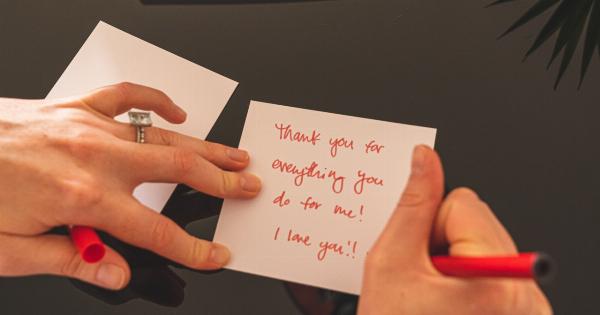With the summer season upon us, it’s important to protect our skin from the harmful effects of the sun. Sunscreen is a crucial component of this protection, but many people don’t realize that they may not be using enough of it to reap its full benefits.
In fact, using only half the recommended amount of sunscreen can lead to inadequate protection from the sun’s harmful rays.
What is Sunscreen Protection?
Sunscreen is a topical lotion, spray, or gel that helps protect the skin from the sun’s harmful UV (ultraviolet) rays. These rays can cause damage to the skin, including sunburn, premature aging, and an increased risk of skin cancer.
Why Using Half the Recommended Amount is a Mistake
Many people are under the impression that using a little bit of sunscreen is better than using none at all. However, this is a common misconception that can lead to inadequate protection from the sun’s harmful rays.
Experts recommend using about one ounce of sunscreen (enough to fill a shot glass) to cover your entire body. Using only half the recommended amount of sunscreen means that you are not getting the full protection that you need.
The Science Behind Sunscreen Protection
Sunscreen works by absorbing or reflecting the sun’s harmful rays. The active ingredients in sunscreen (such as avobenzone, octinoxate, or zinc oxide) work to absorb/reflect either UVA or UVB rays, or both.
UVA and UVB rays can cause different types of skin damage. UVA rays can cause skin aging, while UVB rays can cause sunburn. An effective sunscreen should protect against both types of rays.
SPF Ratings and Protection
SPF stands for Sun Protection Factor, and it’s a rating that tells you how much protection a sunscreen offers against UVB rays. The higher the SPF rating, the more protection the sunscreen offers against UVB rays.
For example, an SPF 30 sunscreen will block about 97% of UVB rays, while an SPF 50 sunscreen will block about 98% of UVB rays.
Inadequate Protection from the Sun’s Harmful Rays
Using half the recommended amount of sunscreen means you are not getting the full amount of SPF protection.
For example, if you are using an SPF 30 sunscreen, but using only half the recommended amount, the sunscreen may only block about 50% of the UVB rays that hit your skin. This means you are not getting the full protection that you need, and your skin is still at risk of sun damage. Additionally, sunscreen can wear off over time, so it’s important to reapply it every two hours or after swimming or sweating.
The Risks of Inadequate Sun Protection
The risks of inadequate sun protection are significant. Sunburn can be painful and unpleasant, and it can increase your risk of skin cancer. Additionally, premature aging caused by sun damage can cause skin to become wrinkled, dry, and discolored.
Protecting your skin from the sun’s harmful rays is essential for maintaining your overall health and appearance.
Tips for Effective Sunscreen Protection
To get effective sunscreen protection, it’s important to use the right amount of sunscreen and to apply it correctly. Here are a few tips to help you get the most out of your sunscreen:.
- Apply sunscreen liberally to all exposed skin, including your face, neck, ears, and arms
- Use about one ounce (or enough to fill a shot glass) per application
- Apply sunscreen at least 15 minutes before going outside
- Reapply sunscreen every two hours, or after swimming or sweating
- Wear a hat, sunglasses, and clothing that covers your skin for added sun protection
- Avoid sun exposure during the hottest part of the day (10 a.m. to 4 p.m.)
- Use a broad-spectrum sunscreen that protects against both UVA and UVB rays
Conclusion
Sunscreen is an essential part of protecting your skin from the sun’s harmful rays. Using only half the recommended amount of sunscreen can lead to inadequate protection, and increase your risk of sunburn, premature aging, and skin cancer.
By applying sunscreen correctly and using enough of it, you can help protect your skin and maintain your overall health and appearance.



























